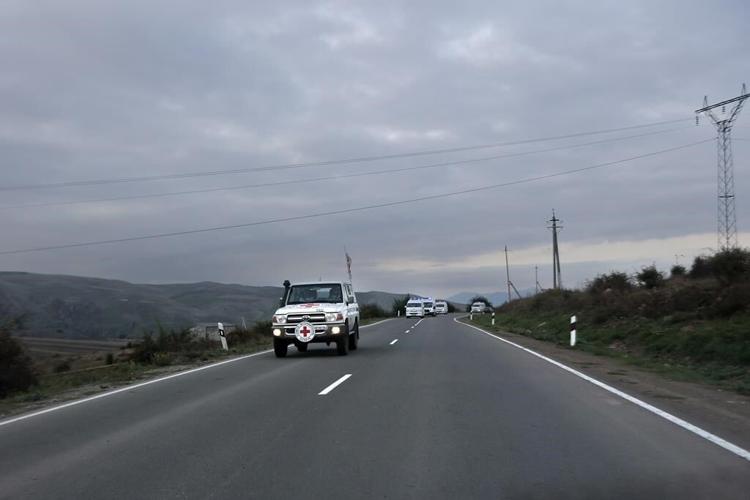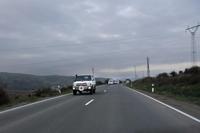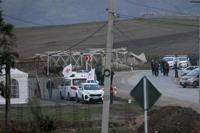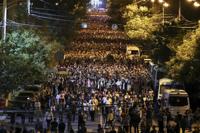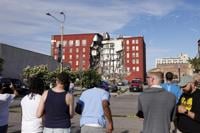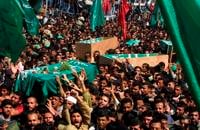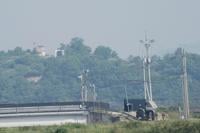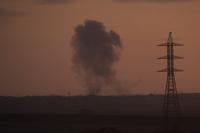YEREVAN, Armenia (AP) — The first refugees from Nagorno-Karabakh have arrived in Armenia, local officials reported Sunday, after Azerbaijan imposed a 10-month blockade on the breakaway region and conducted a lightning military offensive there, reclaiming full control of the region as a result.
Thousands of people were affected by the latest fighting and taken to a Russian peacekeepers’ camp in Nagorno-Karabakh. A total of 377 people had arrived from the region as of Sunday night, Armenian authorities reported.
Russia's Defense Ministry reported that its peacekeepers, who were deployed in Nagorno-Karabakh in 2020, helped transport 311 civilians, including 102 children. The conflicting numbers could not be immediately reconciled.
“It was a nightmare. There are no words to describe. The village was heavily shelled. Almost no one is left in the village,” one of the evacuees told The Associated Press in the Armenian city of Kornidzor. She refused to give her name for security reasons. “I have an old grandmother’s house here in Tegh village, (in the Syunik region of Armenia). I will live there until we see what happens next.”
Nagorno-Karabakh is located in Azerbaijan and came under the control of ethnic Armenian forces, backed by the Armenian military, in separatist fighting that ended in 1994. During a six-week war in 2020, Azerbaijan took back parts of Nagorno-Karabak along with territory surrounding the region that Armenian forces had claimed during the earlier conflict.
A Russia-brokered armistice ended the war, and a contingent of about 2,000 Russian peacekeepers was sent to the region to monitor it. Parts of Nagorno-Karabakh that weren't retaken by Azerbaijan remained under the control of the separatist authorities.
In December, Azerbaijan imposed connecting Nagorno-Karabakh with Armenia, alleging that the Armenian government was using the road for mineral extraction and illicit weapons shipments to the province’s separatist forces.
Armenia charged that the closure and fuel supplies to Nagorno-Karabakh’s approximately 120,000 people. Azerbaijan rejected the accusation, arguing the region could receive supplies through the Azerbaijani city of Aghdam — a solution long resisted by Nagorno-Karabakh authorities, who called it a strategy for Azerbaijan to gain control of the region.
, Azerbaijan launched heavy artillery fire against ethnic Armenian forces in Nagorno-Karabakh, who conceded to demands to the next day. Nagorno-Karabakh’s final status remains an open question, however, and is at the center of talks between the sides that began Thursday in the Azerbaijani city of Yevlakh.
Armenian Prime Minister Nikol Pashinyan said in an address to the nation Sunday that his government was working “with international partners to form international mechanisms to ensure the rights and security of the Armenians of Nagorno-Karabakh, but if these efforts do not produce concrete results, the government will welcome our sisters and brothers of Nagorno-Karabakh in the Republic of Armenia with all the care.”
The events in Nagorno-Karabakh have sparked a days-long wave of protests in Armenia, where demonstrators accused Pashinyan and the Russian peacekeepers of failing to protect the region's Armenian population.
Hundreds of people gathered again Sunday in the center of Armenia's capital, Yerevan, to demand Pashinyan’s ouster.
As part of a cease-fire agreement reached last week, the separatist forces in Nagorno-Karabakh started surrendering tanks, air defense systems and other weapons to the Azerbaijani army. As of Sunday, the process of surrendering arms was still underway, the Azerbaijani military said.
Azerbaijan’s Interior Ministry said Sunday that disarmed and demobilized Armenian troops would be allowed to leave the region and go to Armenia.
___
Associated Press writer Dasha Litvinova in Tallinn, Estonia, and Aida Sultanova in London contributed to this report.

